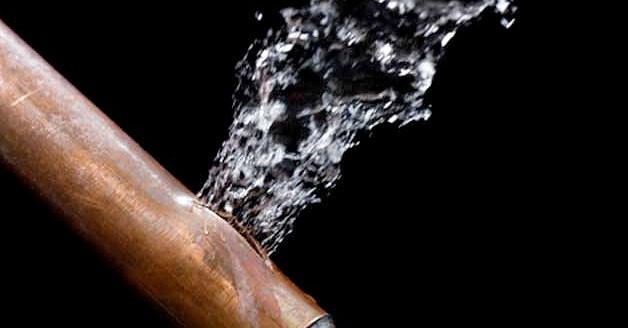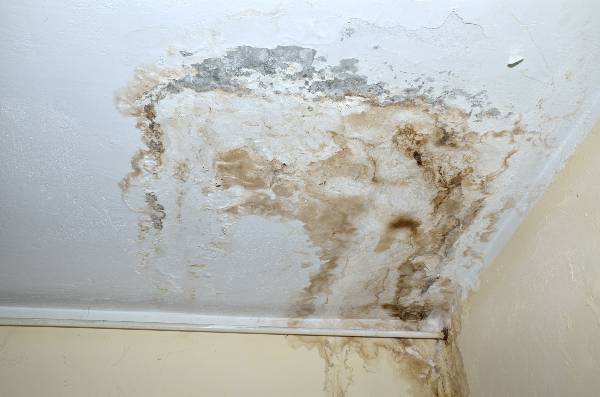Are you currently in search of content on Hacks to detect leaks?

Early detection of leaking water lines can alleviate a prospective catastrophe. In addition to conserving you cash, it will certainly minimize the aggravation as well as irritation. The minute you locate a leakage, calling your plumber for repair services is the best service. Some small water leaks might not be visible. If you can not detect it with your nude eyes, here are some hacks that aid.
1. Check Out the Water Meter
Every house has a water meter. Examining it is a guaranteed manner in which aids you discover leaks. For starters, shut off all the water resources. Make certain no one will flush, use the faucet, shower, run the washing machine or dishwasher. From there, go to the meter and watch if it will change. Since no one is using it, there need to be no activities. That shows a fast-moving leakage if it moves. If you identify no modifications, wait an hour or 2 as well as check back again. This suggests you may have a slow leakage that could also be underground.
2. Inspect Water Intake
If you find sudden changes, despite your intake being the very same, it indicates that you have leaks in your plumbing system. A sudden spike in your bill suggests a fast-moving leak.
A constant boost every month, even with the exact same habits, reveals you have a slow leak that's additionally gradually rising. Call a plumber to extensively examine your residential or commercial property, particularly if you really feel a warm area on your flooring with piping underneath.
3. Do a Food Coloring Test
When it comes to water intake, 30% comes from commodes. If the color somehow infiltrates your dish during that time without flushing, there's a leakage between the container as well as bowl.
4. Asses Outside Lines
Do not neglect to check your exterior water lines as well. Should water permeate out of the connection, you have a loosened rubber gasket. One little leak can waste bunches of water as well as increase your water costs.
5. Examine and also Analyze the Situation
Homeowners should make it a routine to examine under the sink counters as well as also inside closets for any bad odor or mold development. These 2 warnings indicate a leak so timely attention is needed. Doing regular inspections, even bi-annually, can save you from a major problem.
Much more significantly, if you understand your house is currently old, keep a watchful eye on your heating units, pipes, pipes etc. Check for discolorations and damaging as the majority of pipelines as well as appliances have a life span. They will certainly additionally naturally wear away because of tear and also use. Do not wait for it to escalate if you presume dripping water lines in your plumbing system. Call an expert plumber immediately so you don't wind up with a terrible mess in your home.
Early detection of dripping water lines can mitigate a prospective catastrophe. Some little water leaks might not be noticeable. Examining it is a guaranteed way that aids you find leakages. One small leakage can lose heaps of water and also surge your water expense.
If you presume leaking water lines in your plumbing system, don't wait for it to rise.
WARNING SIGNS OF WATER LEAKAGE BEHIND THE WALL
PERSISTENT MUSTY ODORS
As water slowly drips from a leaky pipe inside the wall, flooring and sheetrock stay damp and develop an odor similar to wet cardboard. It generates a musty smell that can help you find hidden leaks.
MOLD IN UNUSUAL AREAS
Mold usually grows in wet areas like kitchens, baths and laundry rooms. If you spot the stuff on walls or baseboards in other rooms of the house, it’s a good indicator of undetected water leaks.
STAINS THAT GROW
When mold thrives around a leaky pipe, it sometimes takes hold on the inside surface of the affected wall. A growing stain on otherwise clean sheetrock is often your sign of a hidden plumbing problem.
PEELING OR BUBBLING WALLPAPER / PAINT
This clue is easy to miss in rooms that don’t get much use. When you see wallpaper separating along seams or paint bubbling or flaking off the wall, blame sheetrock that stays wet because of an undetected leak.
BUCKLED CEILINGS AND STAINED FLOORS
If ceilings or floors in bathrooms, kitchens or laundry areas develop structural problems, don’t rule out constant damp inside the walls. Wet sheetrock can affect adjacent framing, flooring and ceilings.
https://www.servicemasterbyzaba.com/blog/how-to-detect-water-leakage-in-walls/

As a serious reader on Detecting hidden plumbing leaks, I think sharing that information was a smart idea. If you please set aside a second to share this write-up if you liked it. Many thanks for your time spent reading it.